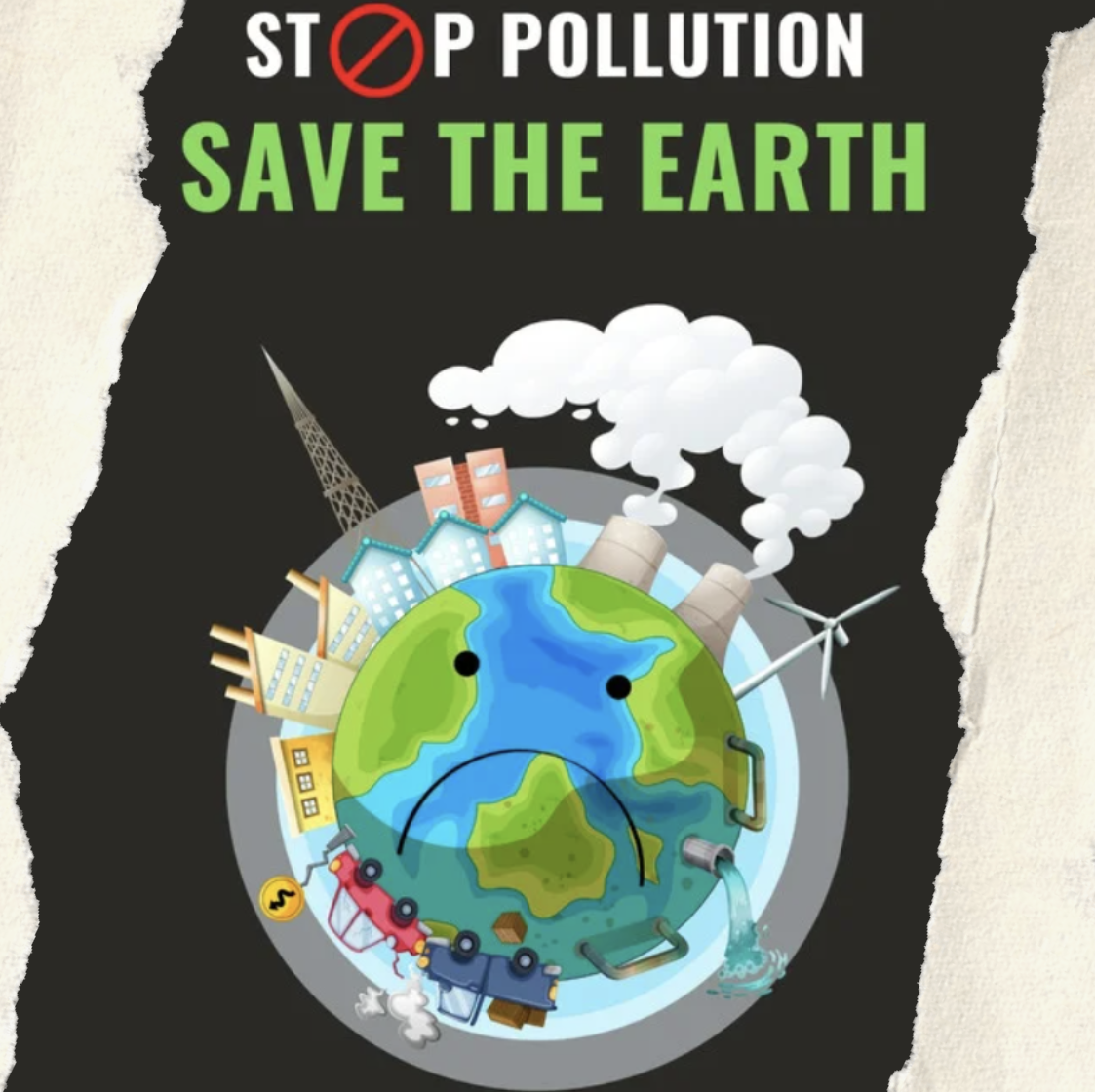Noise pollution: What constitutes it and what measures can we take to decrease its impact on the environment?

Have you ever gotten a ringing in your ears after being exposed to loud sounds and thought: how damaging is this noise? Because of a concert, because of fireworks, or because of crowded places, there are lots of places where the noise is so loud that you can end up with damage. This noise pollution affects humans, nature, and the animals around us.
What is Noise Pollution?
Noise pollution is sounds above the levels of ambient noise that can have a harmful impact on animals and humans. It is not natural, but generated by humans, and therefore, it is a form of environmental degradation. You can think of loud traffic, music, or any other sounds that do not naturally come from nature.
There are different classifications for noise pollution, which are:
Chronic contamination
Chronic contamination is constant noise exposure, which can lead to hearing problems. Living near a highway could lead to damage like this.
Temporary contamination with physiological damage
Temporary contamination is a limited exposure to a sound, such as exposure to explosives, which potentially affects a person’s psyche.
Temporary pollution without damage
Temporary pollution is continuous noise for a limited time, such as traffic noises. This only results in temporary hearing issues, without causing permanent damage.

The Damaging Effects
One of the major noise pollutants is traffic, which accounts for 80% of the environmental impact of noise. Traffic noise can cause problems for animals when the frequencies disrupt information transmission between animals. Noise pollution can cause many problems, such as higher anti-predator behaviors where it is not needed, increased stress, and change in species vocalization. It can also reduce foraging efficiency, changes in reproductive systems such as birds, and so much more. The World Health Organization has stated that noise is among the most detrimental forms of pollution, especially for animals due to its significant impact.
Not only the wildlife suffer from noise pollution; we humans are victims as well. Sound over 70 decibels can damage your hearing over a long period of time, and sound over 120 decibels can cause immediate damage. A study has shown that over 100 million people in the EU are exposed to traffic noise above 55 decibels, which comes very close to the number that can cause hearing damage.
What Can We Do About it?
One thing that can be very helpful against noise pollution is planting trees in these loud areas. Trees serve as a great sound barrier while also helping to bring back nature within these urban areas. Your local government must plan and implement this, but no worries—there are also a lot of things you can do to help limit noise pollution!
- You can limit the noise you make, such as turning down the volume of your television or music when you know others can overhear the sound.
- If you have a car, make sure it is well-maintained to minimize the noise. Or, even better, use an electric car to really reduce its noise. Furthermore, it’s important to manage road rage and minimize unnecessary honking.
- There has been lots of research done about noise pollution, but it may not yet be well-known to the public or your local government. You can help spread the awareness by looking up such research and support noise-reduction policies and regulations.
- Another way to have a positive impact, is to help with local community initiatives, such as noise awareness campaigns or supporting noise-reduction projects.
While there is a lot more to noise pollution than this article says, I hope it was informative enough to make you aware of the problem. Without awareness, noise pollution will lead to even more damage, with devastating consequences for humans and animals. So be kind to your ears, try not to be unnecessarily loud in public, and don’t forget to wear your earplugs.
Want to read more about underexposed climate issues?
